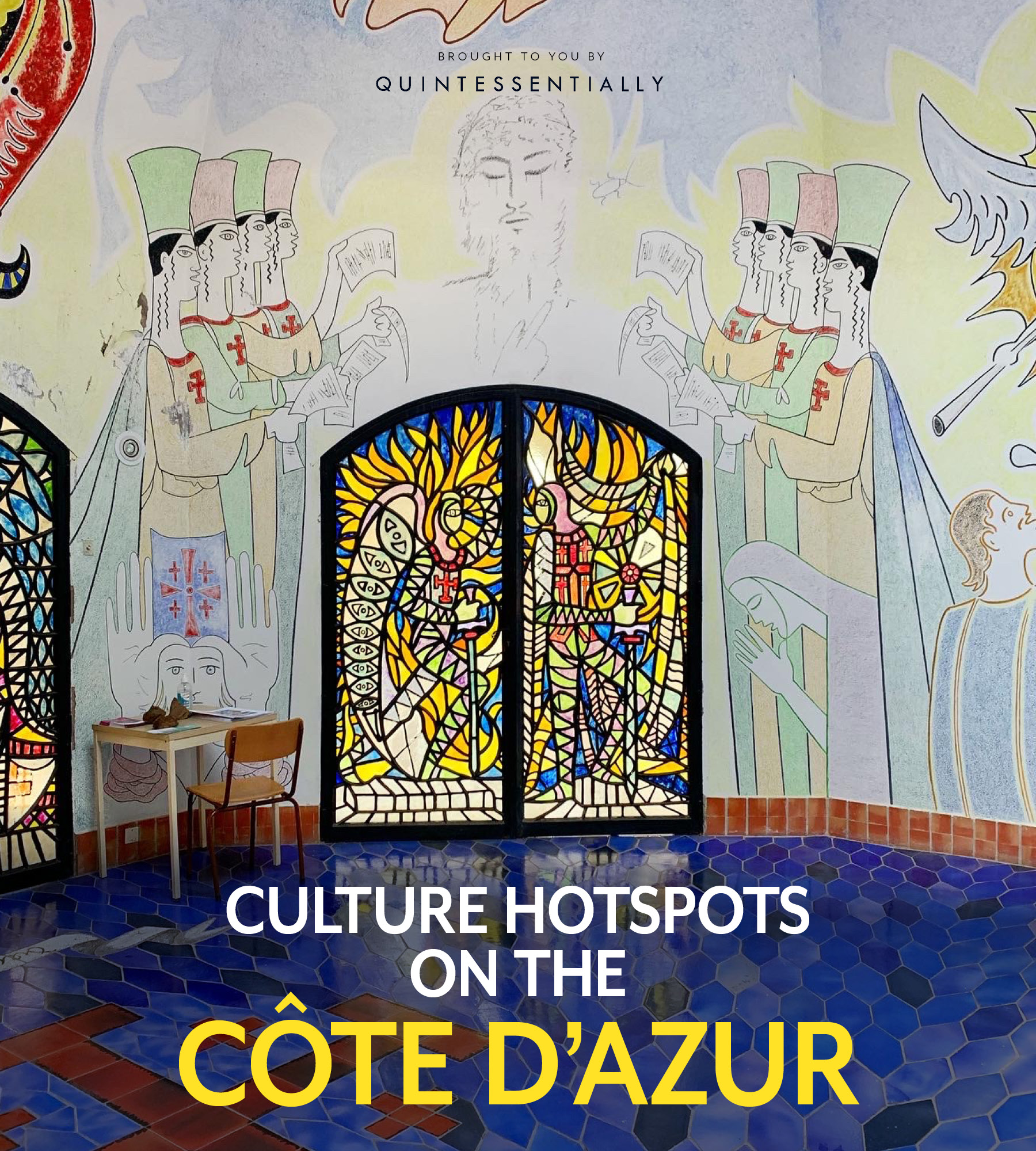Language
You can read the magazine in one of the following languages
Between the glittering beach clubs in Cannes, yachts docked in the marina at Saint-Tropez and ultra-luxurious resorts dotted up and down the coast, the French Riviera has a well-deserved reputation as one of Europe’s most glamorous destinations.
Yet before the rich and famous raised the profile of the picturesque coast, artists and writers flocked there in search of sun, sea and inspiration. Luckily, the traces of many of them can still be found today in small museums, chapels and historic hotels.
Here are a few of the best places to get in touch with the French Riviera’s artistic and literary side.
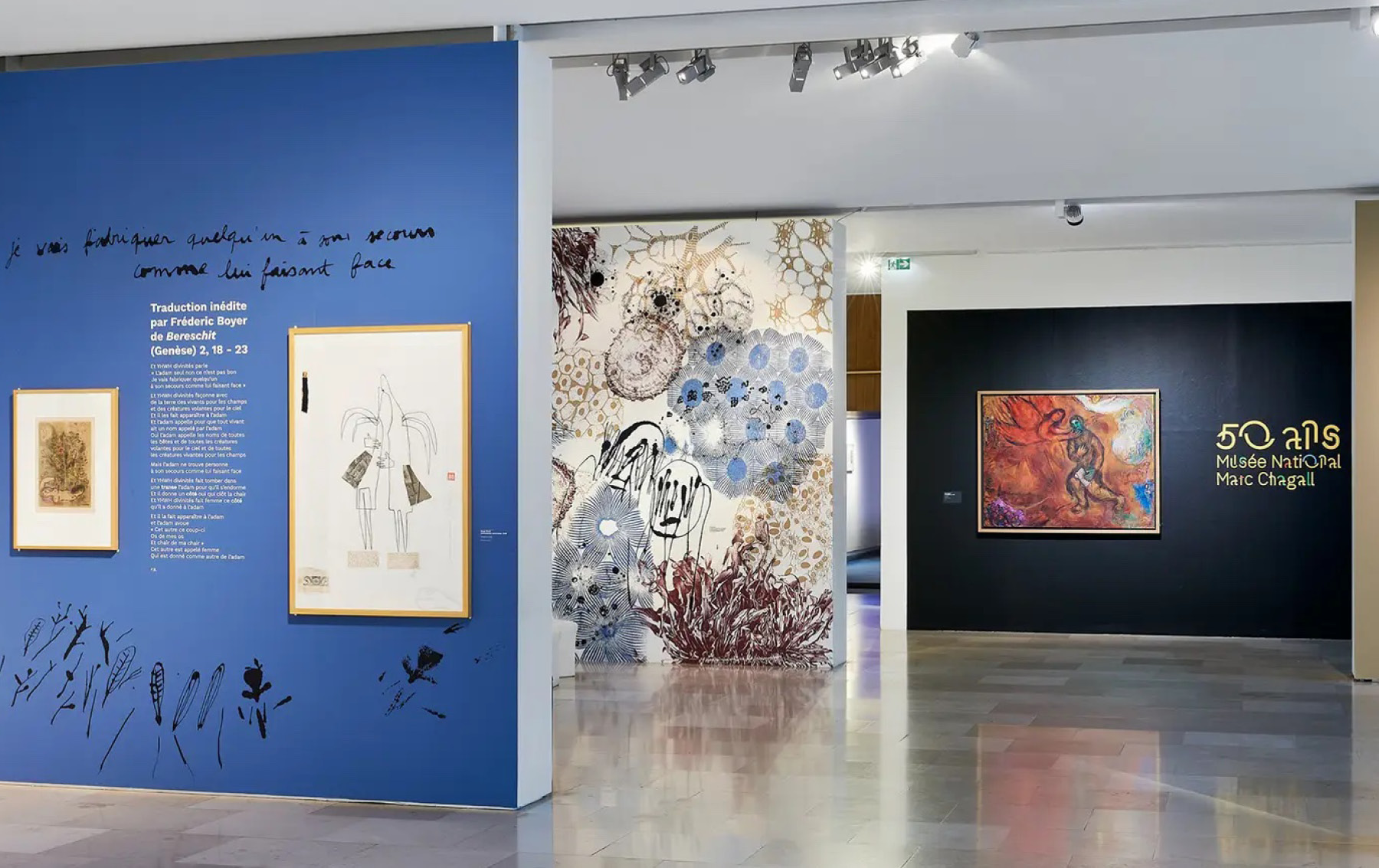
This year, the Chagall Museum celebrates its 50th anniversary. Established in 1973 with Marc Chagall’s participation, it displays his large-scale biblical works.
Influenced by artistic movements such as expressionism and cubism, Chagall’s work has a distinct style, characterized by vivid colors, painterly strokes and a combination of abstraction and figurative art.
Born in Belarus (then part of the Russian Empire), Chagall spent much of his life in France. He moved to Paris in 1910, but when World War II broke out, he moved south, before leaving for New York in 1941.
He returned to France in 1948 and settled in the French Riviera, living in Vence and nearby Saint-Paul-de-Vence.
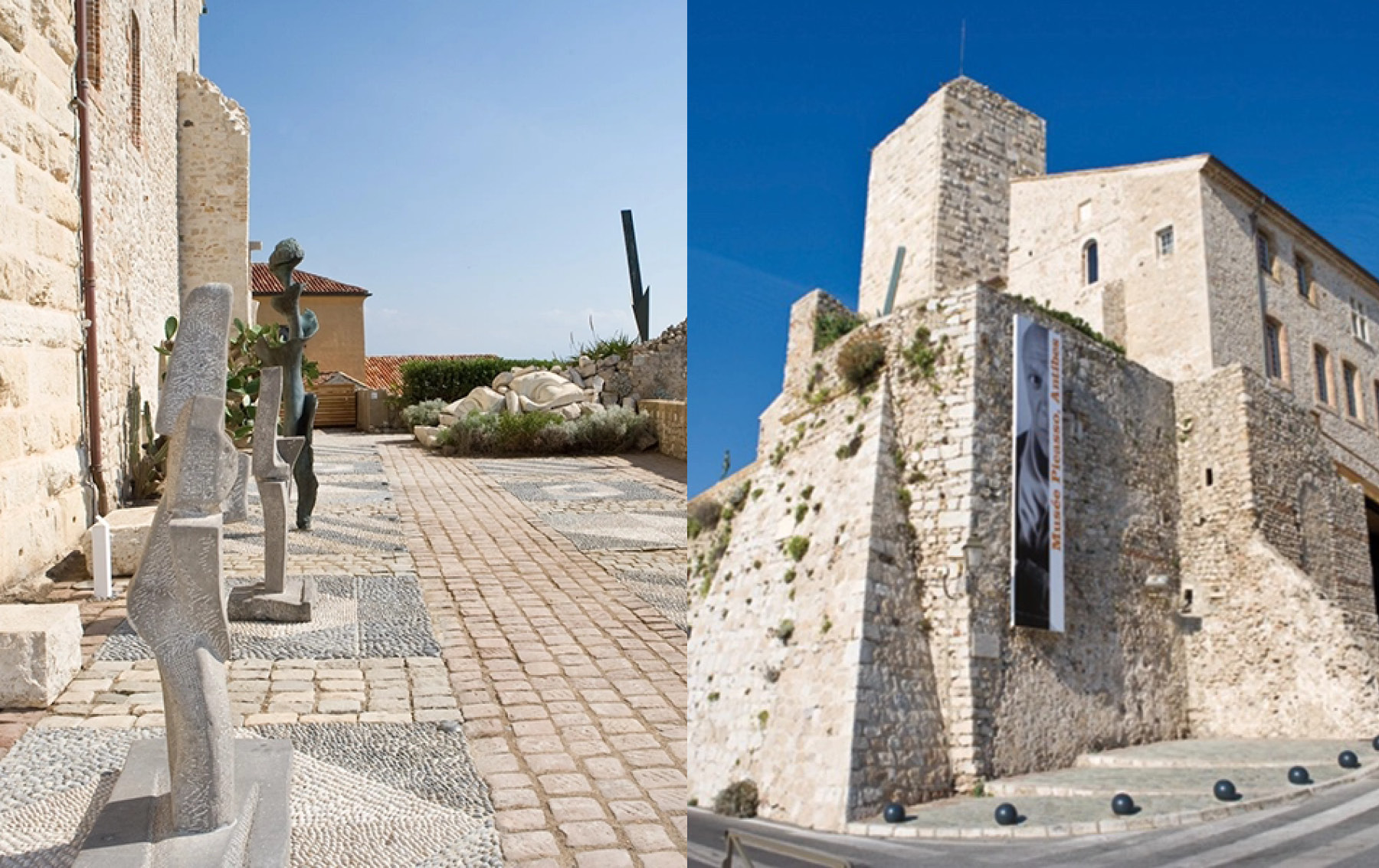
Pablo Picasso – one of the titans of 20th-century art – moved to the French Riviera in 1946 and kept a studio in the Château Grimaldi in the historic center of Antibes, which now houses the Picasso Museum.
Picasso donated 23 paintings and 44 drawings to the Château, which first dedicated a room to exhibiting his work in 1947. The Musée Picasso in Antibes was officially inaugurated in 1966 when the mayor decided to turn the entire castle into a museum exhibiting the artist’s work.
Though Picasso’s most important paintings – like Guernica and Les Demoiselles d’Avignon – are housed elsewhere, this museum is worth visiting to see his later works, as well as a collection of ceramics he created in collaboration with artisans in nearby Vallauris.
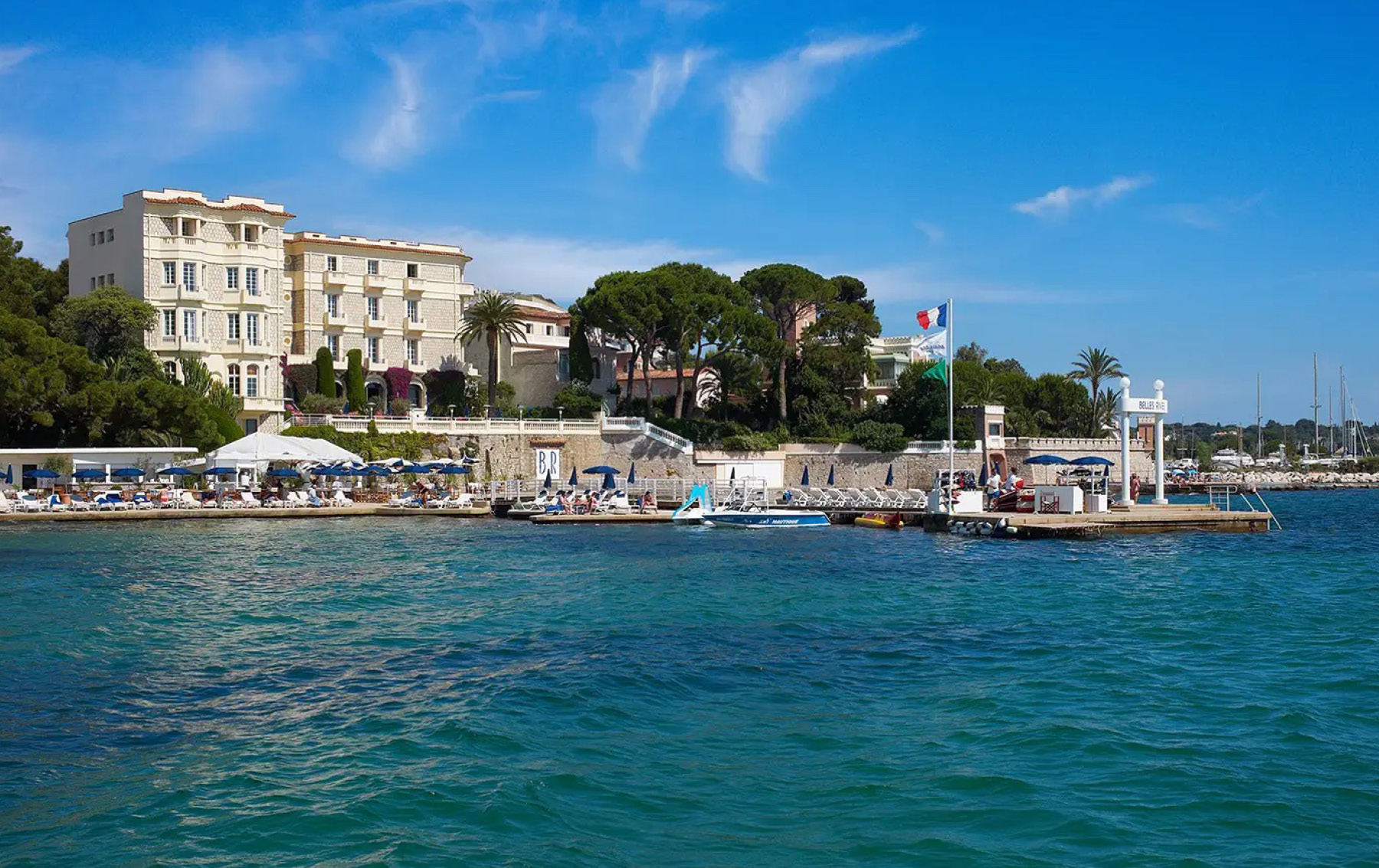
Along the coast where Antibes meets Juan-les-Pins, the family-run Hôtel Belles Rives stands as a testament to the legacy of American writer Francis Scott Fitzgerald.
He lived there in 1926 when it was a holiday home called the Villa St Louis, and it is there he penned part of Tender Is the Night, which takes place on the French Riviera.
Until then, the Côte d’Azur was mainly a winter destination for well-to-do Victorian-era Brits who would go south for the milder climate.When Fitzgerald and other newly monied Americans decided to spend summers on the coast, it transformed tourism in the region.
Expanded and transformed into a hotel in 1929, the Belles Rives pays homage to Fitzgerald with original art deco decor from the 20s, black-and-white photographs of him, and a literary prize – the Prix Fitzgerald – awarded every year to an author who writes in his style, not to mention a bar rather fittingly called the Bar Fitzgerald.
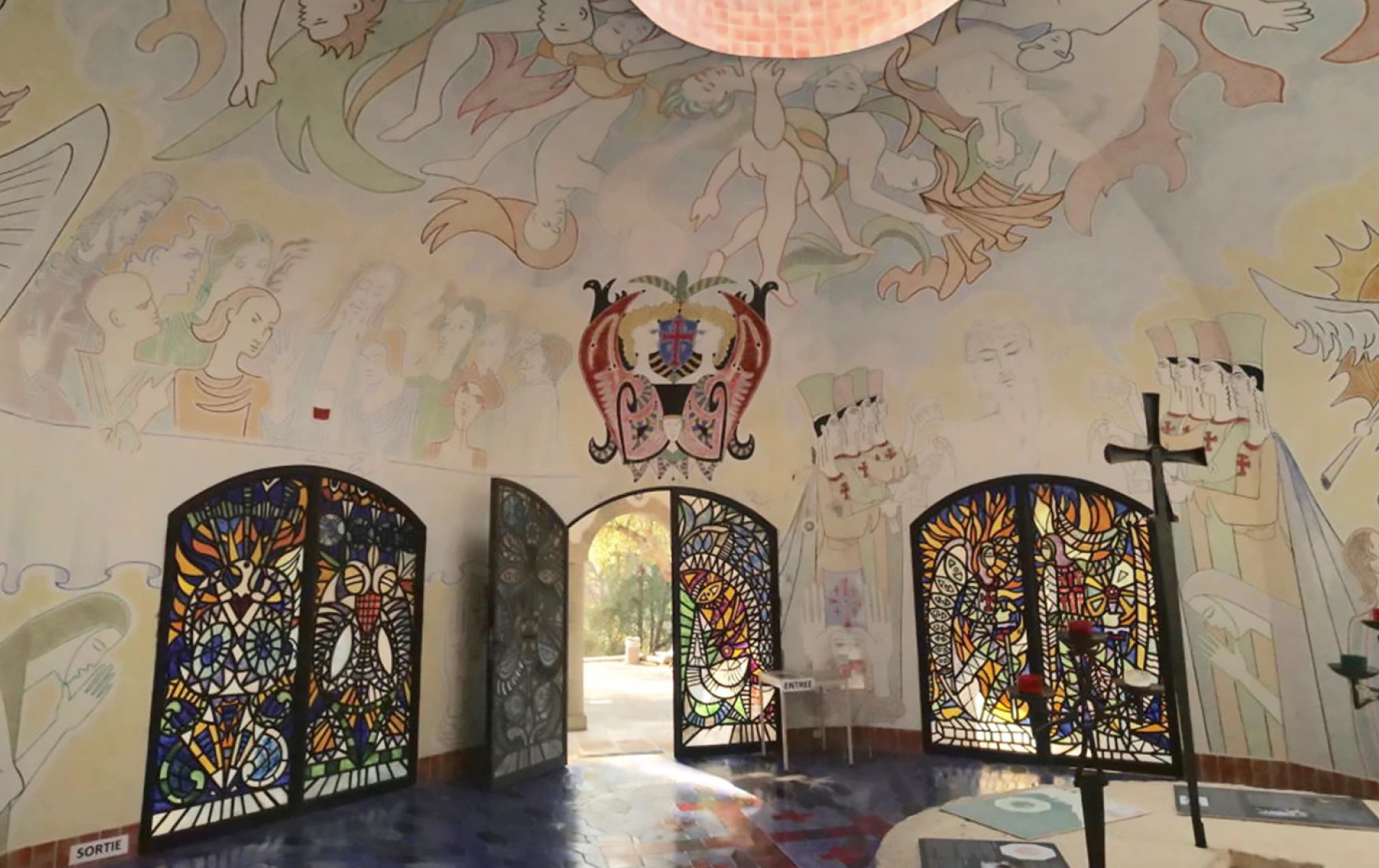
Jean Cocteau was a French poet, painter and film director who entered the world of modern art in Paris, where he met painters including Picasso and Modigliani and writers like Max Jacob and Guillaume Apollinaire.
He worked on the Ballets Russes following World War I and directed a film interpretation of Beauty and the Beast in the 1940s.
In the 1950s, he decorated the Villa Santo Sospir in Saint-Jean-Cap-Ferrat and painted a series of frescoes in the City Hall of Menton, as well as a handful of chapels and churches on the Riviera.
The Chapelle Nôtre-Dame de Jérusalem in Fréjus (the Chapelle Cocteau) is one of Cocteau’s last works and a hidden gem in a wooded setting worth seeking out. After a request from the Vatican, the chappelle’s first stone was laid in 1963.
Cocteau’s paintings inside the chapel depict the passion of Christ in his signature style, while Raymond Moretti, an artist from Nice, created three massive sets of stained-glass doors. After Cocteau’s death, his adopted son, Édouard Dermit, completed the chapel. It was restored and declared a historic monument in 1989.
